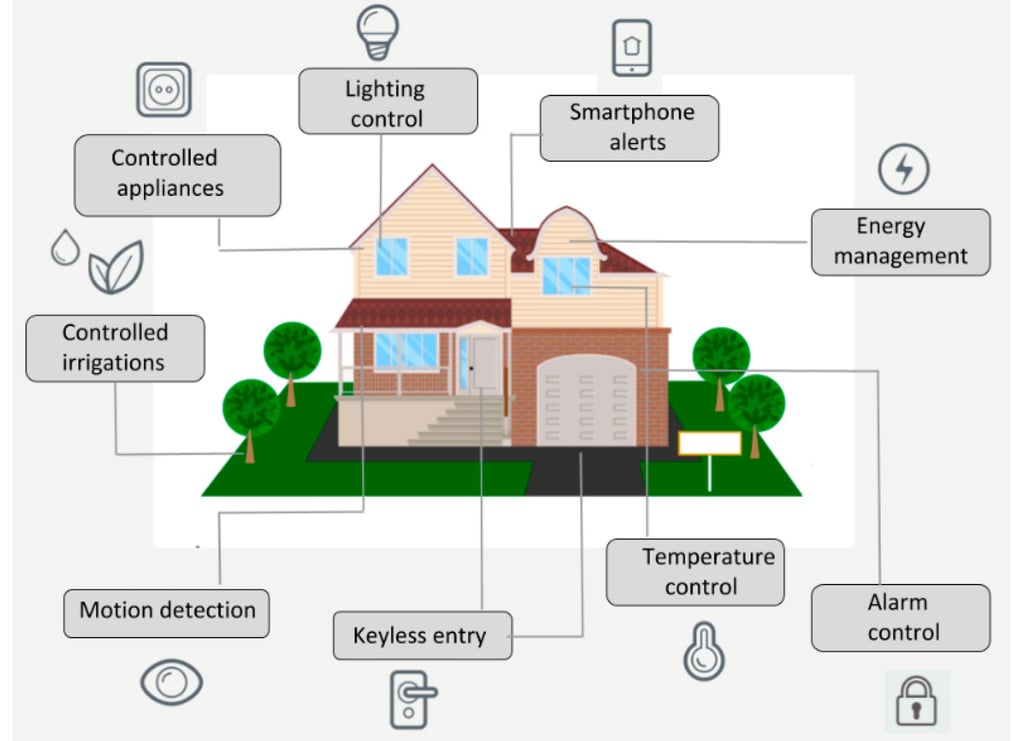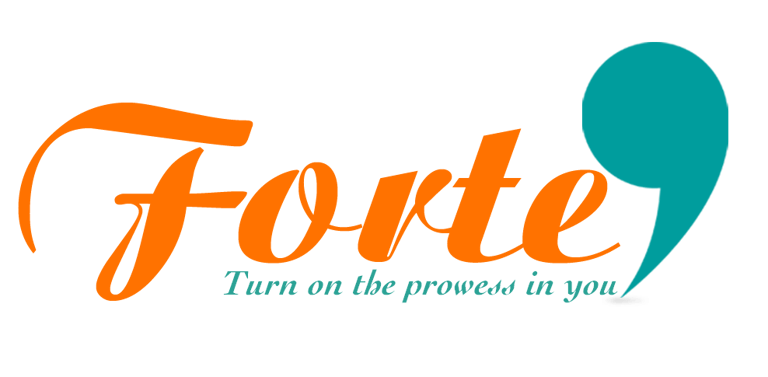IoT in Smart Homes: Changing Everyday Life
The Internet of Things has changed the face of human life in the context of living and has made everything connected and easy. In a nutshell, smart homes are devices powered by the Internet of Things that blend technology into everyday living. Here's a peep into the future of living spaces.........
ARTICLE
12/30/20242 min read


IoT in Smart Homes: Changing Everyday Life
The Internet of Things has changed the face of human life in the context of living and has made everything connected and easy. In a nutshell, smart homes are devices powered by the Internet of Things that blend technology into everyday living. Here's a peep into the future of living spaces.
Key Applications of IoT in Smart Homes.
1. Smart Security Systems:
IoT-enabled cameras, motion sensors, and door locks provide real-time surveillance and remote access, ensuring a more enhanced level of home security. Apps allow homeowners to monitor their properties and control locks from anywhere.
2. Energy Management :
Devices such as smart thermostats and smart lighting systems automatically change their settings to adapt to occupancy or individual preferences, thus conserving energy and saving costs. Systems such as Nest or Ecobee learn the user's behavior to optimize energy use.
3. Voice-Controlled Assistants :
Virtual assistants like Amazon Alexa, Google Assistant, and Apple Siri act as the central hub for controlling IoT devices. From setting reminders to managing entertainment systems, they make home automation effortless.
4. Smart Appliances :
Connected refrigerators, washing machines, and ovens can be controlled and accessed remotely, and provide information on usage. These appliances may also inform users of maintenance needs or even automatically reorder supplies.
5. Home Health Monitoring :
Smart homes can use IoT devices to monitor air quality, temperature, and humidity to create a healthier environment. Some systems even track the health metrics of its occupants, which is really useful for elderly residents.
Advantages of IoT in Smart Homes
Ease : It reduces task complexity, making mundane work such as turning the light on or off, and setting up the thermostat an easy feat.
Optimal Resource Utilization : Electricity and water usage are brought down considerably to ensure optimal usage and to promote sustainability in a house.
Better Security: Real-time alerts and remote monitoring give people peace of mind even though they are away.
Personalization: Smart systems learn over time their users' preferences and present a customized experience tailored according to the needs of that individual.
POTENTIAL SECURITY CONCERNS
IoT devices open up many advantages but on the other hand also vulnerability:
1. Data Privacy : IoT devices are capable of collecting large volumes of personal data. If it is not secured, hackers will find a way to exploit such information.
2. Device Hacking : Poorly secured devices can allow unauthorized access and threaten privacy and safety.
3. Network Overload : A high number of connected devices may cause overload in the home network, which means poor performance.
Solving Security Issues
To minimize these risks:
Use strong, unique passwords for devices and networks.
Regularly update the firmware of devices to patch security vulnerabilities.
Use strong encryption and firewalls for network protection.
IoT is redefining the concept of home living, making it smarter, safer, and more sustainable. The benefits are immense, but security concerns need to be addressed to fully harness the potential of IoT in smart homes. As technology evolves, smart homes are going to become an integral part of modern living, creating environments that adapt to and anticipate our needs.
